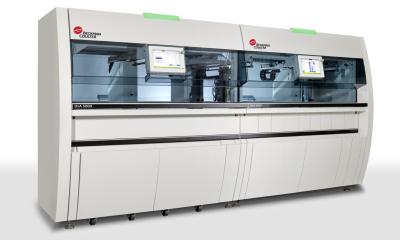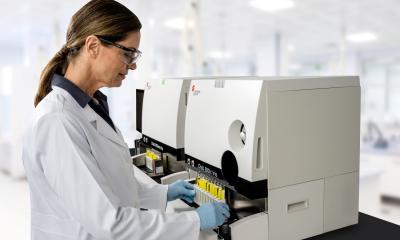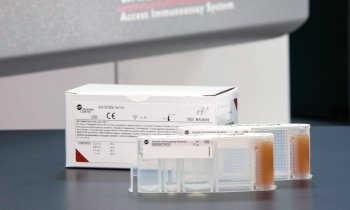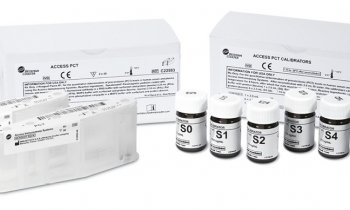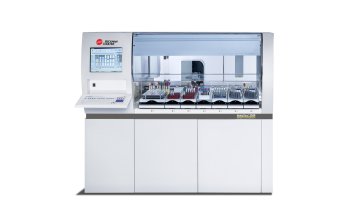Enhanced performance of Beckman Coulter's Analytical Ultracentrifuge
Newly designed centerpieces used in the Beckman Coulter XL-A and XL-I instruments - the only analytical ultracentrifuges on the market today - allow the systems to provide precise, repeatable measurement of pharmaceutical sample aggregation in pharmaceutical research and formulation laboratories.
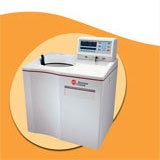
Beckman Coulter initially developed the new centerpieces for researchers at a leading biotechnology company who wanted to use analytical ultracentrifuges (AUCs) in processes that required greater run-to-run reproducibility. The work resulted in enhancements to the carbon epon (epoxy) and aluminum epon centerpieces that improve the systems’ protein aggregation measuring capability by increasing precision and accuracy from test to test.
The XL-A/XL-I analytical ultracentrifuges provide an ideal solution for drug discovery and vaccine development processes by characterizing a protein’s behavior in free solution under physiological concentrations, temperatures and buffer conditions. The AUCs feature an operating system that does not require calibration or the use of standards, allowing measurements of proteins and other macromolecules to be characterized as interacting - not isolated - elements. Simple yes/no answer capability function provides quick, top-level answers to questions of: aggregation, interacting/self-associating systems, stoichiometry and molecular conformation.
According to Paul Voelker, product marketing manager for Beckman Coulter, "These significant improvements in analytical ultracentrifugation, borne out of our partnership with researchers, allow a more thorough understanding of a drug or vaccine candidate before pre-clinical or clinical trials begin."
The XL-A, with absorbance optics, provides the selectivity and sensitivity to measure protein behavior at wavelengths between 190-800 nm. The XL-I adds Rayleigh* interference optics, which allows the use of UV-absorbing buffers and provides the ability to study highly concentrated samples.
The carbon epon centerpiece is chemically inert and compatible with a variety of proteins and macromolecules. The aluminum epon centerpiece is offered as an alternative for low concentration solutions because it will not bind samples. Both units can be used at speeds up to 60,000 rpm, and feature a long, two-channel path-length that enables more data points to be collected before samples pellet, further improving accuracy.
21.07.2009



